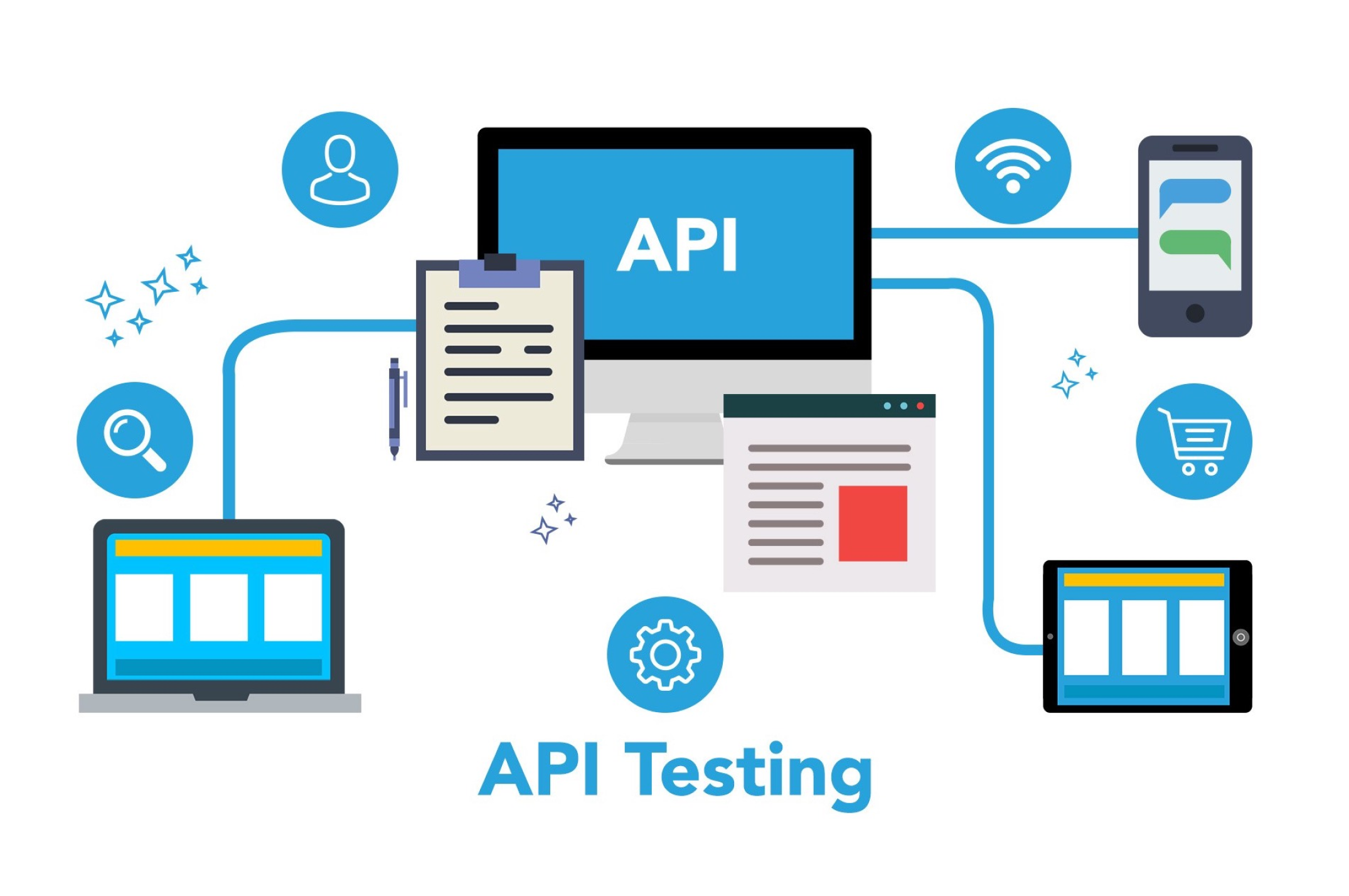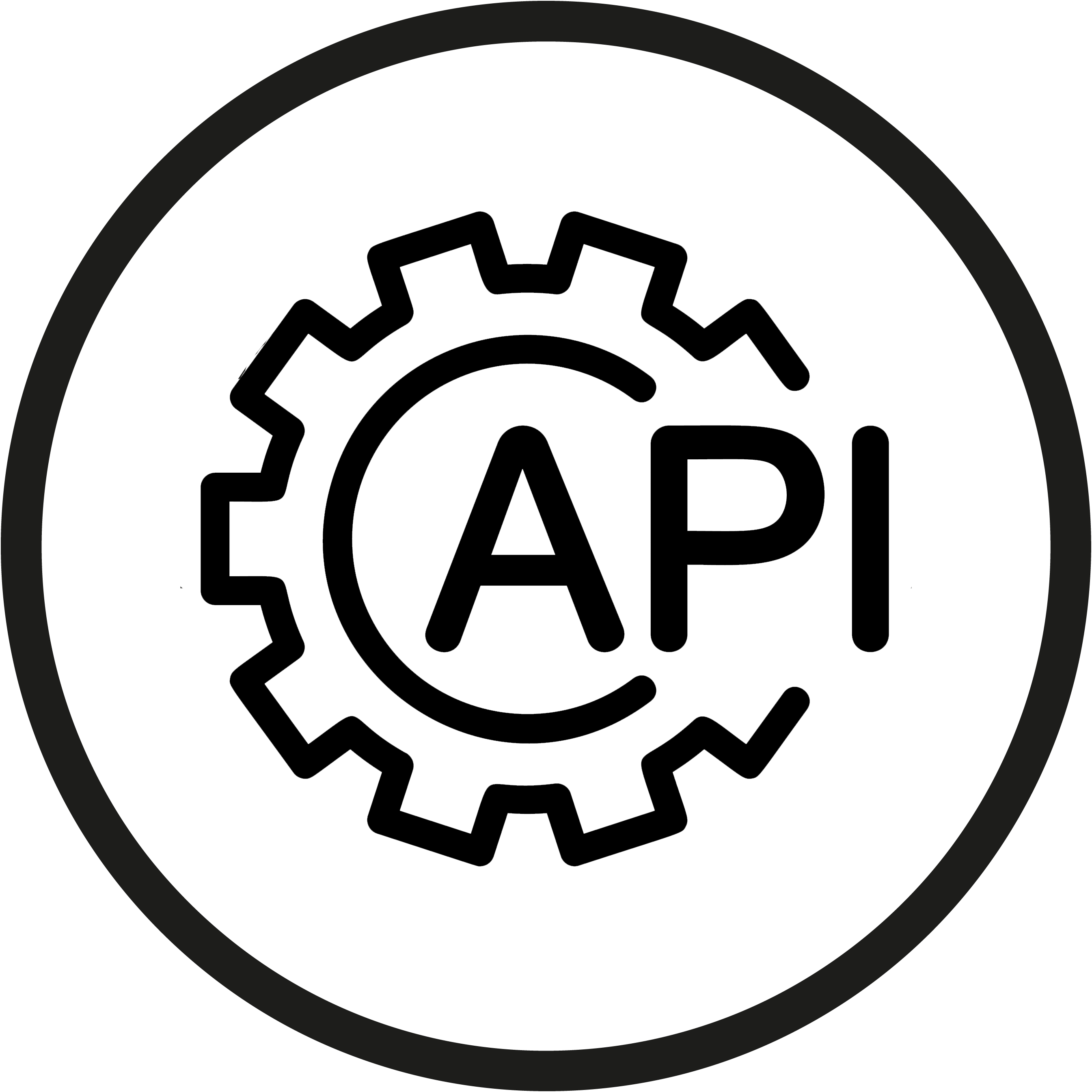Content Delivery Networks (CDNs) and API Management: Optimizing API Performance and Security

In today’s digital landscape, APIs play a crucial role in connecting applications, services, and devices. Ensuring fast and secure API responses is paramount for seamless user experiences, efficient business operations, and trust preservation. Content Delivery Networks (CDNs) and API Management solutions work in tandem to address these challenges, delivering exceptional API performance and security.

CDN: Optimizing API Delivery Speed

A CDN is a geographically distributed network of servers that cache static and dynamic content, including APIs. By storing API responses closer to the end-users, CDNs reduce latency and improve response times. This is especially beneficial for APIs that are accessed by users from diverse geographical locations.
Key benefits of using a CDN for API delivery include:
- Reduced latency: API responses are served from the nearest CDN edge server, minimizing the distance data travels.
- Increased throughput: Multiple CDN servers handle API requests simultaneously, distributing the load and increasing capacity.
- Improved availability: CDN servers are strategically placed to ensure redundancy and minimize downtime risks.
API Management: Enhancing API Security and Control
API Management solutions provide comprehensive capabilities for securing and managing APIs. They act as a gateway between API consumers and providers, enforcing policies, managing access, and monitoring API usage.
Key benefits of API Management in the context of API security include:
- Authentication and authorization: API Management verifies the identity and authorization level of API consumers, preventing unauthorized access.
- Access control: Access to APIs can be restricted based on roles, permissions, and IP addresses, ensuring only authorized users can interact with the API.
- Throttling: API Management limits the rate at which APIs can be accessed, preventing abuse and ensuring fair usage.
- Monitoring and logging: API Management logs all API requests and responses, providing insights into API usage patterns and potential security incidents.
Integrating CDN and API Management: A Synergistic Approach
Combining CDN and API Management solutions creates a powerful synergy that optimizes API performance and security. Here’s how they complement each other:
- CDN caches API responses: CDN caches frequently accessed API responses, reducing the load on the API server and improving performance.
- API Management secures cached responses: API Management ensures that cached API responses are secure and only accessible to authorized consumers.
- Monitoring and threat detection: API Management monitors API usage and detects suspicious activity, while CDN provides information on traffic patterns and potential attacks.
Conclusion
By leveraging CDNs and API Management solutions together, organizations can deliver fast, secure, and reliable APIs that meet the demands of modern applications and services. CDNs optimize API delivery speed, while API Management enhances security and provides granular control over API access. This synergistic approach ensures a seamless and secure user experience, strengthens business operations, and fosters trust in the digital ecosystem.## Cdn And Api Management: Ensuring Fast And Secure API Responses
Executive Summary
Content Delivery Networks (CDNs) and API Management are two essential technologies for businesses that want to deliver fast, secure, and reliable API responses. By using a CDN to cache API responses, businesses can reduce latency and improve performance for users around the world. API Management can help businesses secure their APIs, control access to data, and monitor API usage. This article will provide an overview of CDN and API Management, and discuss how these technologies can be used together to ensure fast and secure API responses.
Introduction
APIs (Application Programming Interfaces) are essential for businesses that want to connect their applications and data with other systems. However, APIs can also be a security risk, and it is important to manage them properly to ensure that they are not exploited by attackers. CDN (Content Delivery Networks) can help to improve the performance of APIs by caching API responses, which can reduce latency and improve performance for users around the world.
FAQ
What is a CDN?
A CDN is a network of servers that are distributed around the world. When a user requests a file from a website, the request is routed to the nearest CDN server, which then delivers the file to the user. This can help to improve performance by reducing the amount of time it takes for the file to be downloaded.
What is API Management?
API Management is a set of tools and processes that help businesses to manage their APIs. This can include tasks such as securing APIs, controlling access to data, and monitoring API usage.
How can CDN and API Management be used together?
CDN and API Management can be used together to improve the performance and security of APIs. By using a CDN to cache API responses, businesses can reduce latency and improve performance for users around the world. API Management can help businesses to secure their APIs, control access to data, and monitor API usage.
Top 5 Subtopics
1. CDN Benefits
- Improved performance: CDNs can help to improve the performance of APIs by caching API responses, which can reduce latency and improve performance for users around the world.
- Reduced costs: CDNs can help to reduce costs by reducing the amount of bandwidth that is used to deliver API responses.
- Improved security: CDNs can help to improve security by providing a layer of protection between the API and the end user.
2. API Management Benefits
- Improved security: API Management can help businesses to secure their APIs by controlling access to data and monitoring API usage.
- Improved control: API Management can help businesses to control access to data by allowing them to set permissions for different users and groups.
- Improved monitoring: API Management can help businesses to monitor API usage by tracking the number of requests, the response times, and the error rates.
3. CDN And API Management Integration
- API Gateway: An API Gateway is a component of API Management that can be used to integrate with a CDN. The API Gateway can be used to cache API responses and to control access to the API.
- CDN Provider: There are a number of CDN providers that offer solutions for integrating with API Management. These providers can provide the necessary infrastructure and tools to cache API responses and to control access to the API.
4. Best Practices For Using CDN And API Management
- Use a CDN to cache API responses: This can help to improve performance by reducing the amount of time it takes for the API response to be delivered to the user.
- Use an API Gateway to control access to the API: This can help to improve security by ensuring that only authorized users can access the API.
- Monitor API usage: This can help to identify any potential problems with the API, such as performance issues or security breaches.
5. Future Of CDN And API Management
- The future of CDN and API Management is bright. As the number of APIs continues to grow, the need for these technologies will only increase.
- We can expect to see new and innovative solutions for integrating CDN and API Management, which will make it easier for businesses to deliver fast, secure, and reliable API responses.
Conclusion
CDN and API Management are two essential technologies for businesses that want to deliver fast, secure, and reliable API responses. By using a CDN to cache API responses and API Management to secure the API, businesses can improve performance, reduce costs, and improve security. As the number of APIs continues to grow, the need for these technologies will only increase.
Keyword Tags
- CDN
- API Management
- API Security
- API Performance
- API Integration
